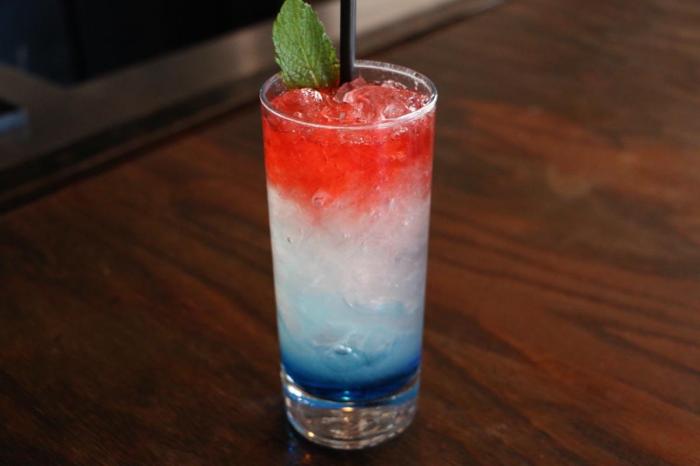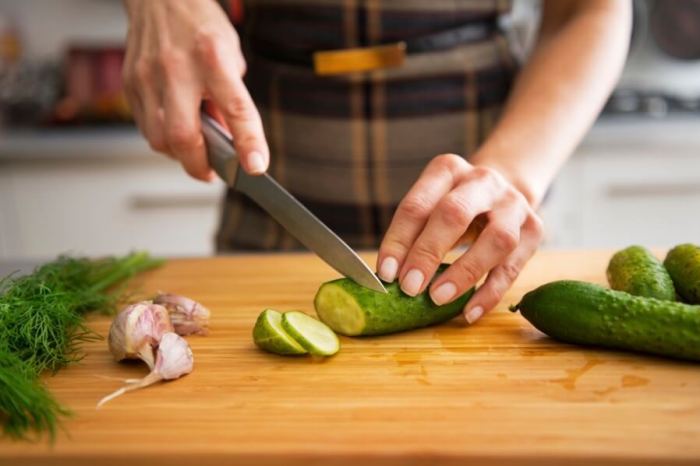The Readable Feast, Boston’s first ever cookbook festival, kicks off June 17-18 at the Boston Public Market. The event will honor New England cooking tomes. We caught up with Maggie Battista, founder of eatboutique.com and author of “Food Gift Love,” to give you a sample of what’s in store. There’s something nostalgic about homemade food gifts. What inspired you to make it modern again? How did you transition from a technology career to food? You selected 80 recipe testers for Food Gift Love. What did you learn? It’s wedding season. Can you give food as a wedding gift? Candied Blood Orange Rinds
Makes: about 250 strips or about 1 1/2 pounds The French understand how to preserve citrus with such elegance and after tasting so many versions of candied rind, in particular, in France, I committed to creating my own recipe. This works just beautifully with oranges and grapefruit, but these Candied Blood Orange Rinds have become one of my signature food gifts. Making them is time intensive but has also honed my multi-tasking skills: I prepare the fruit while watching a movie and candy the rinds while cooking meals for the week. The rinds will last a while but I rarely have any left two weeks later. (My mother, in particular, can magically sniff these out in my home; it’s a gift, really.)
Ingredients: Special Equipment: With a sharp knife, score the peel of the blood oranges into four big wedges. Peel the thick skin wedges away from the fruit, discarding any loose pith fibers. Set the skin aside.
Slice the blood oranges in half and juice them with a hand juicer. I get about 1 cup of juice; reserve [1/2] cup for this recipe and store the remaining [1/2] cup for another use.
Slice the orange rinds into strips [1/8]-inch and [1/4]-inch wide. My knives are very sharp which makes it easy for me to get the [1/8]-inch slice, but a [1/4]-inch slice is good, too. If the blood orange peel has a very thick white pith, trim a touch of the white pith away and discard. Do not trim too much, as the pith is what retains the sweetness once candied. Place the rinds in a pot and cover with enough cold water to cover by an inch. (If you’re unsure of how to quantify the water, place the orange rinds in the pot and hold some down with a small measuring cup with a clean ruler placed inside. Add enough water to come up 1-inch on the rule. Remove the measuring cup and ruler before beginning to cook.) Bring to a boil and then boil for 3 minutes. Drain. Repeat this process 3 more times. Boiling the rinds several times helps to remove extra bitterness. On the last drain, put the fruit aside for a moment.
In a clean pot, add the sugar, water and reserved [1/2] cup blood orange juice. Bring to a boil and then add the rinds. Return to a boil over high heat and then reduce the heat to medium. Cook the rinds for 45 minutes, or until the syrup is very thick and the rinds are barely translucent. Do not stir the pot; just keep swirling the liquid in the pot in order to keep the rinds fully submerged. If you smell any sign of burning, immediately lower the heat and swirl, swirl, swirl. When ready, remove the rinds from the syrup (a few at a time) with tongs and dry them on a rack or a simple piece of parchment paper, making sure to not let them touch each other (they’ll stick!) Let them dry for 4 to 6 hours or overnight. If they are still a bit wet, let them dry a little longer. (They will always be just a bit sticky.) When dry, dredge the rinds through sugar. I prefer organic granulated sugar, as the color is a bit more translucent and the rind color shines through, but traditional white granulated sugar is fine, too. You may need to press the sugar up against the rinds to ensure that it sticks well. Alternatively, if you plan to use the rinds in a baked good, omit the sugar altogether. Store in an airtight container at room temperature for up to 4 weeks or in the fridge for up to 3 months.
People have built up the idea of a gift as something that has to be fancy, or expensive, or exactly what they want at any given moment because you know them so well. I just want to say hey, make something you love that you think they might love, put a tag on it, and give it to them. And do it more frequently. Share the things that you love with people, and they’ll share that with other people.
I worked at technology startups for almost 15 years. I started the blog, called Eat Boutique, as a way to write on the side and figure out the passions I had for food, artisans, and the craft behind it. A couple years in I put together a gift box of treats from all the artisans I had written about. I made a couple hundred boxes and they sold out instantly. Then the Wall Street Journal wrote about us and we just started offering gift boxes year-round.
The whole point of testing is to make sure your language and words are understood by the reader, and they end up with the dish as described. When I say “swirl,” what does that mean to you? It was a six-month education in how people cook in their kitchens, and what flavors resonate with them.
There are no inappropriate occasions for food gifts, only inappropriate moments for gifting it. So if you’re at the church and you want to give a big box of spices and salts and breads, that might not be the greatest moment to gift it. But it is a wonderful gift – to fill a big basket full of all the spices a couple might need for their new home, bread, olive oil, cheese, maybe some pasta. I just won’t bring it to the reception.
Preparation Time: about 3 hours passive time (up to 12 hours total time)
5 blood oranges
2 cups granulated sugar, plus more for dredging
1 [1/2] cups water
Drying rack or parchment paper
























